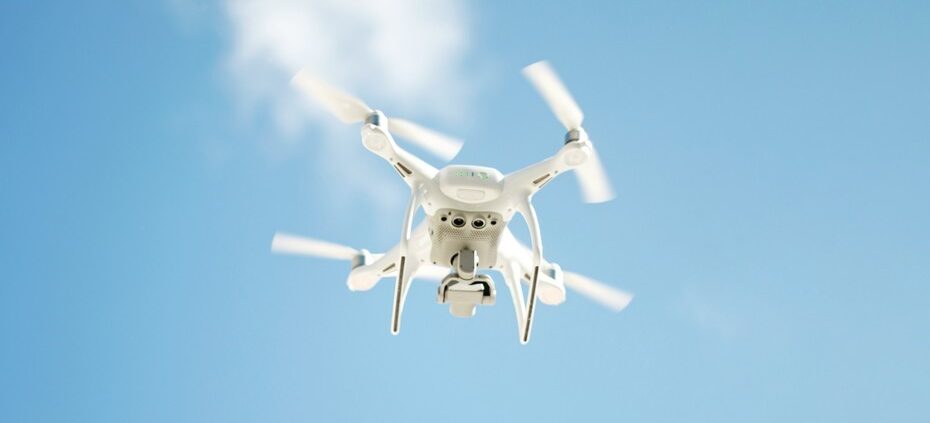Look Up
August 23, 2019

Groceries delivered by air. Commuting in the sky. Landing pads on mailboxes. We may be living in a world resembling The Jetsons sooner than you think.
The notion of flying cars has been part of popular discourse for decades. Everyone harbors dreams of flying as part of our daily routines sometime in the distant future, but the transformation of transportation from a two-dimensional network of roads to a three-dimensional multi-level highway is already an impending reality. The future is officially upon us.
Electric propulsion systems, computers, and vision technology are coming together to allow drones to perform more precisely and efficiently than ever before. While of course there is a learning curve we will need to overcome, the possibilities these advances bring with them are incredibly exciting.
One of the things we’ll see passenger drones replace in the years to come are helicopters. Drones are lighter and more nimble, and will allow people to move as easily as the crow flies.
This will be incredibly impactful for the world of medicine and emergency response. We’ve already started to see drones replacing helicopters to transport organs between hospitals. Drones can land in places cars, and even helicopters simply can’t. In life-and-death situations like organ transplants, drones actually expedite the process and help save lives. (And this is a great reminder of why it’s important to be an organ donor.)
So, what else will this transportation transformation impact?
For one, architecture. For hundreds of years, transportation has affected architectural decisions. Our railroad tracks are the width of a chariot, which was the width of a horse. We don’t often stop to think about it, but our modes of transportation have an enormous impact on our buildings, the way we structure our cities, and how we move around our everyday lives.
Of course, there’s no way to know for sure what the future holds for our cities and homes. But as autonomous vehicles and drones become the norm, I predict we will start to see fewer and fewer garages and more landing pads.
It may seem like we’re in an episode of The Jetsons, but as we know by now, the truth is stranger than science fiction.
Originally posted by Larry Jordan on LinkedIn – 4/10/2019
